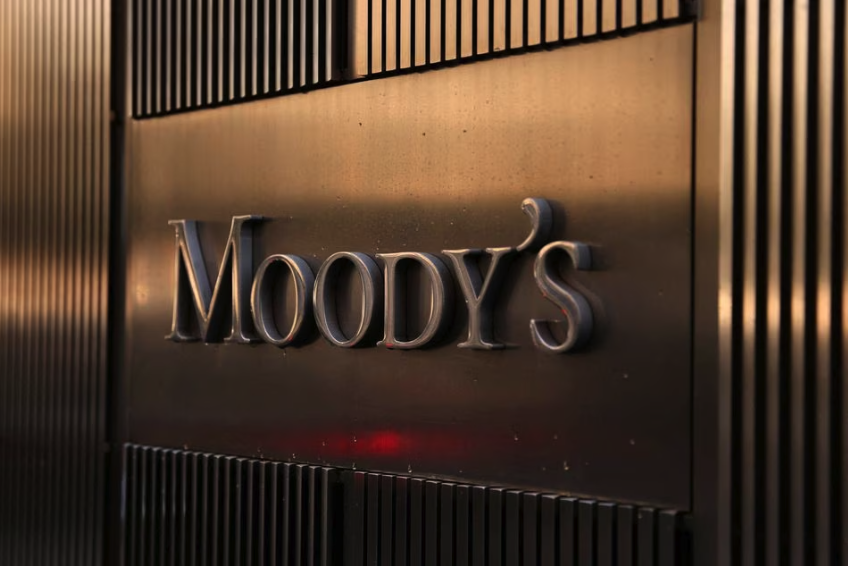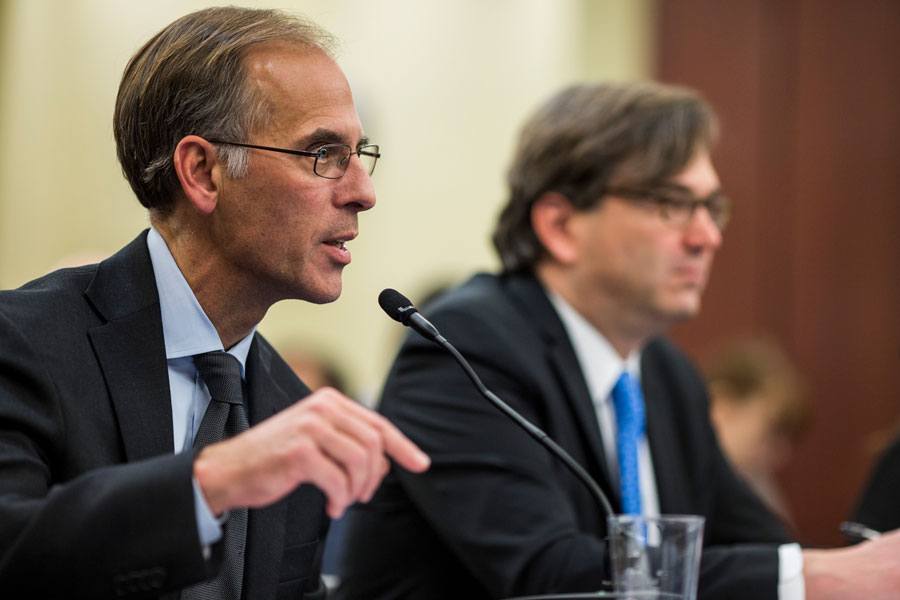Reuters: Analysis: Moody's warning on US banks a wake-up call for sanguine investors

The slide in U.S. bank stocks this week appeared to catch traders in the options market by surprise, data shows, raising questions over whether bank investors have become a little too comfortable with the sector that only months ago was in crisis.
U.S. bank shares dropped on Tuesday after ratings agency Moody's downgraded credit ratings of several U.S. regional lenders and placed some banking giants on review for potential downgrade.
It warned lenders will find it harder to make money as interest rates remain high, funding costs climb and a potential recession looms. It also cited some lenders' exposure to commercial real estate as a risk.
The warning caught some investors off guard.
A day before, options traders' expectations for near-term swings in the shares of two major sector exchange-traded funds (ETFs) - SPDR S&P Bank ETF (KBE.P) and SPDR S&P Regional Banking ETF (KRE.P) - hit the lowest level since the collapse of Silicon Valley Bank in March, signaling little investor concern about the sector's outlook, data from Cboe's options analytics service Trade Alert showed.
On Tuesday, SPDR S&P Regional Banking ETF's (KRE.P) options-based 30-day implied volatility rose to 31.1%, up from 28.9% touched on Monday. At 30.7% late on Wednesday, that gauge of how much traders expect the shares to gyrate still remains well below the high of 82% touched in March.
Investors appear to have made their peace with risks in the sector and were not focused on defensive positioning, either because they had already shed banks exposure, or were not very concerned about fresh bad news, said Steve Sosnick, chief strategist at Interactive Brokers.
"There's not nearly as much risk being priced in," he said.
With some 1.5 put options open against each call option, as of Wednesday, positioning is less defensive than it has been about 80% of the time over the last four years, and a far cry from March when there were more than 4 puts open against each call, according to Trade Alert.
Calls convey the right to buy shares at a fixed price in the future and are usually used to bet on shares rising. Put options give the right to sell shares and express a bearish or defensive view.
While the S&P 500 Banks index (.SPXBK) is down about 3% for the year, compared with a 17% gain for the S&P 500 Index (.SPX), it is up about 17% from the multi-year lows touched in early May.
"This is more of a shot across the bow for those investors that are getting complacent within this space," said David Wagner, Portfolio Manager at Aptus Capital Advisors, referring to the Moody's ratings changes.
RISKS LINGER
The collapse of three mid-sized U.S. banks earlier this year and record deposit outflows from smaller lenders sparked investor concerns about the broader banking industry, but no further bank failures and resilient economic data have helped shore up investor sentiment since May.
Still, risks linger, including exposure to the commercial real estate office sector, which has been hurt by lingering pandemic vacancies and high interest rates, and the growing cost to retain flight of deposits.
"Commercial real estate is one of the focal points for investors. It is going to take a long time to play out and is...one of the biggest risk factors for banks at the moment," said David Smith, an analyst at Autonomous Research.
"There has been a change in deposit mix leading to higher cost of funding which remains a concern," he added.
Analysts also believe that some risks from impending new regulatory capital hikes may be under-priced, since these could result in short-term capital pressure for some lenders.
Some investors, though, said the biggest risks are mostly short term.
Brian Mulberry, client portfolio manager at Zacks Investment Management, which holds stocks in a number of major lenders, said he was looking 12 to 18 months out when earnings are expected to jump.
"In the near term, there are reasons for caution about banks in general and we have made changes where appropriate," he said.
"As interest rates go higher, the more pressure it puts on banks' profitability, even so, we do not see this as a solvency issue where the entire banking system will collapse."




